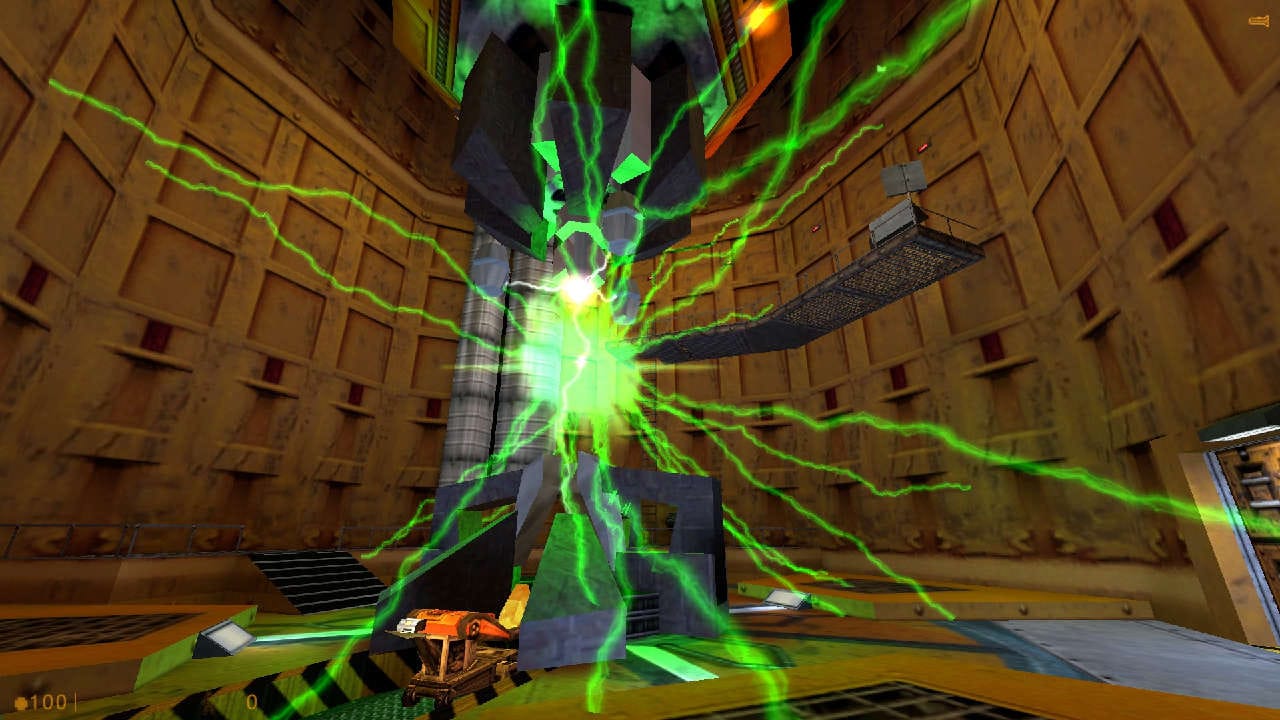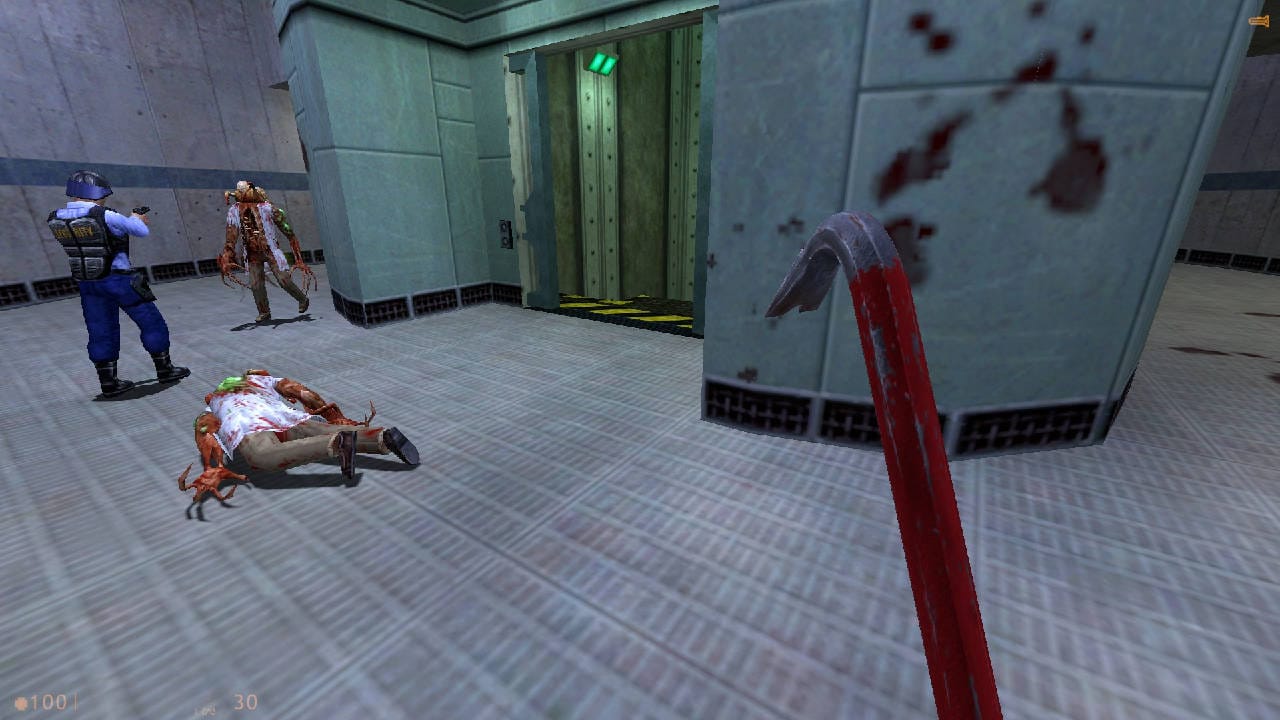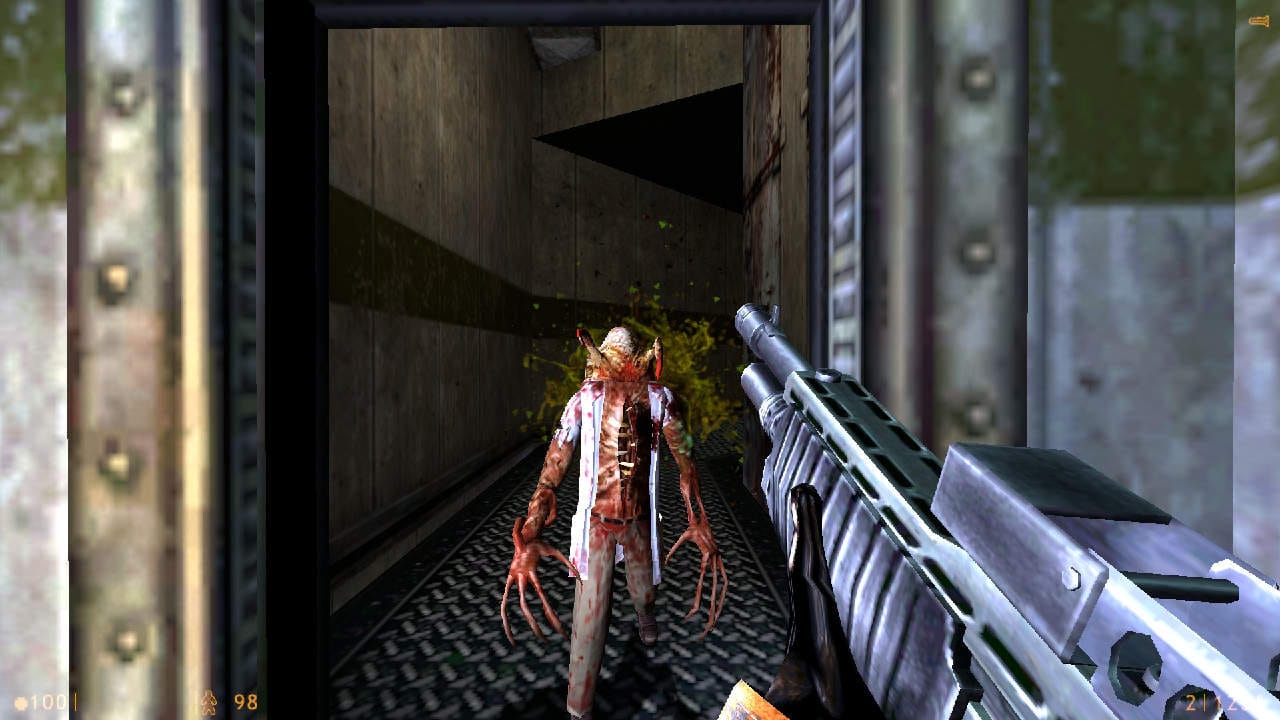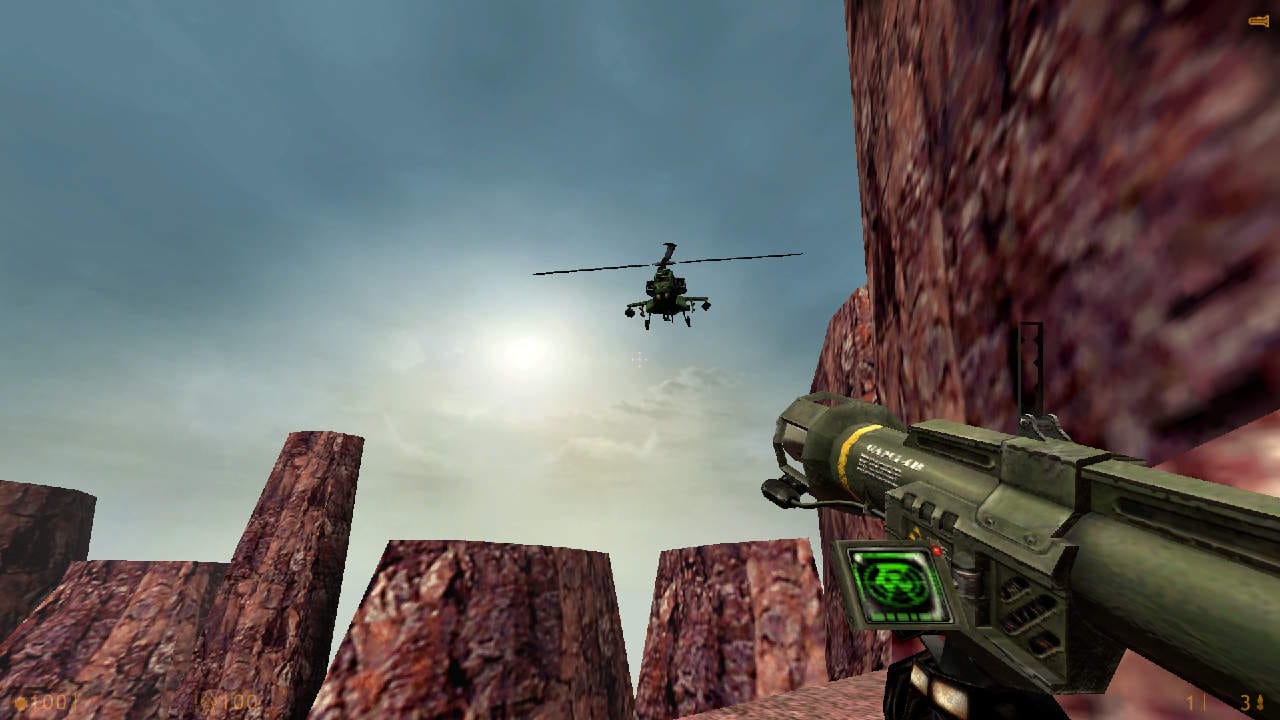
(Review archived from February 2, 2018)
Half-Life was a game that I missed at the time of its original release and never got around to playing in subsequent years. The primary reason for this is that I was an exclusive console gamer at the time and too darned poor to really delve into the popular PC games of the time. By the time I reached a point in life where I could afford a capable gaming PC, I had developed quite a considerable backlog of classic PC titles I missed out on in their heydays. So this was the year that I finally got around to playing Half-Life and witnessing the events of the ‘Black Mesa Incident’ first hand. Trying to decide which version of Half-Life to play for the first time in 2018, was not without some careful consideration. Usually in situations like this I favor remastered versions of classic titles due to the upgrades and modern conveniences they provide, but even in this case you have at least a couple of options with Half-Life. The Black Mesa remake looks absolutely gorgeous, but still lacks the final Xen levels. So with this logic in mind I opted for the Source version of the game. Before we talk about my experience specifically regarding the Half-Life: Source port, I’d like to discuss some of my impressions of Half-Life in general.


It’s easy to see the ways in which this game is considered to be a landmark title. Half-Life is a masterwork of “show-me-don’t-tell-me” narrative structure in gaming. There are no cut-scenes in Half-Life, no immersion breaking quick-time segments, no lengthy hand holding moments of character exposition in which the plot is explained to you. Any and all plot advancement takes place within the game engine itself. And yet you never feel lost in terms of the events unfolding. The trick of course is that Half-Life makes great use of scripted events for the purpose of plot exposition. At any given moment in the game there are often several events unfolding around you. Scientists and security guards fight a losing battle against the alien invasion. Marines engage the enemy in their own firefights. And as the player you have the option to become an active participant in these events or simply remain a passive observer. The cumulative effect of this narrative technique is that Half-Life feels immersive and cinematic, even though it never relies on a generic toolbox of ‘cinematic elements’ like we so often see in modern games of this type. Half-Life pulls off the rare feat of feeling both cinematic and immersive.


The gameplay and control aspects are both excellent for the most part. Everything feels quick, highly responsive and tight. I’m not sure Half-Life really broke new ground in this regard, but it’s still among the best ‘feeling’ FPS games of its time. The shooting mechanics are fun, solid feeling, and the wide variety of assorted weaponry gives the player several options of play style. If you prefer to charge in head first, guns blazing there are weapons to support that. If you’d rather proceed with caution using traps and environmental elements to your advantage, there are weapons to support that too. And while there’s not a massive number of enemy types, there are certainly enough to necessitate a variety of strategies. If there’s one gameplay aspect where the game falters just a bit it’s in the first person platforming segments. While it’s certainly possible that I just need to ‘git gud’ at the platforming segments, Half-Life doesn’t feel as good or precise as … Portal to draw one example from the Valve stable. This is the only aspect of Half-Life in which you can occasionally feel like you’re fighting against the controls rather than being fully immersed in the game.

So let’s talk just a little bit about the Source port of Half-Life. It doesn’t have … the best reputation. And unfortunately that reputation is at least partly warranted. It’s just that some aspects of the game lack the amount of polish one might expect especially when we consider that this is a Valve developed game. Most weapons are soundless during the reload animations. Graphical glitches run the gamut from minor to almost game breaking in certain areas. I almost couldn’t finish the ‘Residue Processing’ level due to the fact that the world kept on dissolving into a psychedelic rainbow nightmare. Coupled with the fact that this level requires more platforming than any other level, it was a significant issue. At least one other level exhibited similar major graphical glitches though not for as long or egregiously. These are moments of severe incongruity in an otherwise fantastic game. It just seems unfortunate that Valve has never bothered to address the issues with this port.

In hindsight I might have gone with the original release of Half-Life and just applied a high-res graphics mod, but I rather doubt that it would look as nice as Half Life: Source. Because that’s the thing; Half Life: Source looks really nice 95% percent of the time. It’s just that the experience is brought down by infrequent but significant glitches. If you can look past the occasional glitch, you’ll find a lot to love in Half Life: Source. Half-Life is still a stunning achievement in gaming even all these years later. But if glitches like these are going to ruin the experience for you, then your best bet will likely be waiting for the final (eventual) release of Black Mesa, or alternately simply loading up the original release.
Leave a Reply